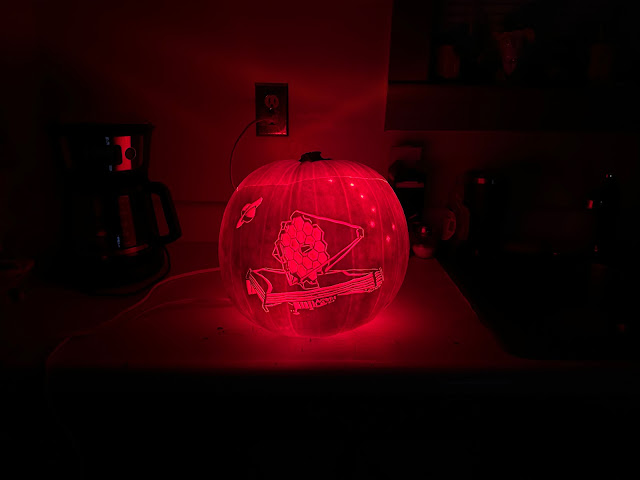NASA's SpaceX Crew-8: Pre-flight Training in California | International Space Station

From left, are Mission Specialist Aleksandr Grebenkin from Roscosmos (Russia), and Pilot Michael Barratt, Commander Matthew Dominick, and Mission Specialist Jeanette Epps, all from NASA
From left, are Mission Specialist Jeanette Epps Mission Specialist (NASA), Commander Matthew Dominick (NASA), Mission Specialist Aleksandr Grebenkin from Roscosmos (Russia), and Pilot Michael Barratt (NASA).
NASA Astronaut and Mission Specialist Jeanette Epps
NASA Astronaut and Mission Specialist Jeanette Epps
NASA Astronaut and Mission Specialist Jeanette Epps
NASA Astronaut and Mission Specialist Jeanette Epps on the left, and on the right, NASA Astronaut and Pilot Michael Barratt (NASA)
Astronaut and Commander Matthew Dominick and Astronaut and Pilot Michael Barratt of NASA
Mission Specialist Aleksandr Grebenkin from Roscosmos (Russia)
The four SpaceX Crew-8 crew members Alexander Grebenkin from Roscosmos (Russia), plus Jeanette Epps, Michael Barratt, Matthew Dominick—all NASA astronauts, are pictured during training and inside a Dragon mockup crew vehicle at SpaceX headquarters in Hawthorne, California.
They will join Expedition 70 and 71 crew members aboard the International Space Station in early 2024 to conduct a wide-ranging set of operational and research activities.
This will be Epps’ first trip to the International Space Station. She was selected as an astronaut in July 2009, and has served on the Generic Joint Operation Panel working on space station crew efficiency, as a crew support astronaut for two expeditions, and as lead capsule communicator in the Mission Control Center at NASA’s Johnson Space Center in Houston. Epps previously was assigned to NASA’s Boeing Starliner-1 mission. NASA reassigned Epps to allow Boeing time to complete development of Starliner while also continuing plans for astronauts to gain spaceflight experience for future mission needs.
This will also be the first spaceflight for Dominick, who became a NASA astronaut in 2017.
This will be Barratt’s third trip to the space station. In 2009, Barratt served as a flight engineer for Expeditions 19 and 20 as the station transitioned its standard crew complement from three to six, and performed two spacewalks. He flew aboard the space shuttle Discovery in 2011 on STS-133, which delivered the Permanent Multipurpose Module and fourth Express Logistics Carrier. He has spent a total of 212 days in space.
Grebenkin, who graduated from Irkutsk High Military Aviation School, Irkutsk, Russia, majoring in engineering, maintenance, and repair of aircraft radio navigation systems, is flying on his first mission, too. He graduated from Moscow Technical University of Communications and Informatics with a degree in radio communications, broadcasting, and television.
NASA Astronaut Jeanette Epps Official Biography:
https://www.nasa.gov/astronauts/biographies/jeanette-j-epps/biography
NASA Astronaut Matthew Dominick Official Biography
https://www.nasa.gov/humans-in-space/astronauts/matthew-dominick/
NASA Astronaut Michael Barratt Official Biography
https://www.nasa.gov/astronauts/biographies/michael-reed-barratt/biography
This is the eighth rotational mission to the space station under NASA’s Commercial Crew Program. It works with the American aerospace industry to provide safe, reliable, and cost-effective transportation to and from the orbital outpost on American-made rockets and spacecraft launching from American soil.
Find more information on NASA’s Commercial Crew Program at:
https://www.nasa.gov/commercialcrew
An international partnership of space agencies provides and operates the elements of the International Space Station (ISS). The principals are the space agencies of the United States, Russia, Europe, Japan, and Canada. The ISS has been the most politically complex space exploration program ever undertaken.
Image Credit: Space Exploration Technologies Corporation (SpaceX)
Image Date: Oct. 15, 2023
#NASA #Space #Science #ISS #SpaceX #SpaceXCrew8 #Earth #Astronauts #MatthewDominick #MichaelBarratt #JeanetteEpps #Cosmonaut #AleksandrGrebenkin #LongDurationMission #HumanSpaceflight #Hawthorne #California #UnitedStates #Russia #Россия #Роскосмос #SpaceLaboratory #Expedition70 #Expedition71 #STEM #Education







%2054%20perijove%20-%20Juno.jpg)














.jpg)
.jpg)